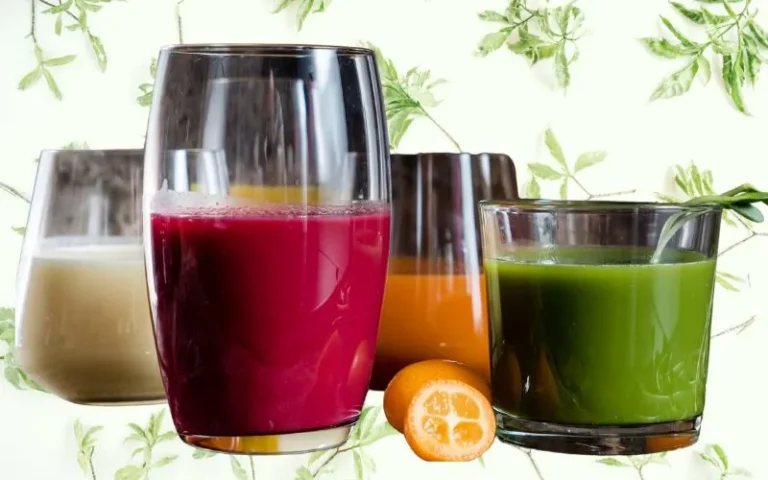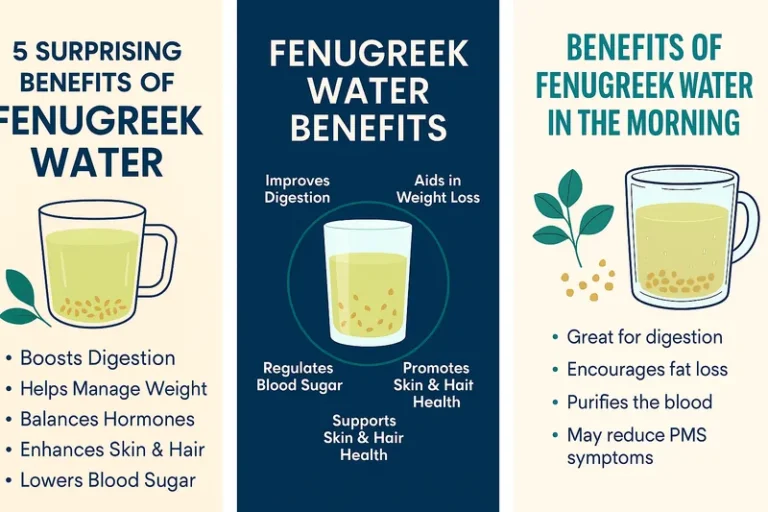How Much Beetroot to Lower Blood Pressure?
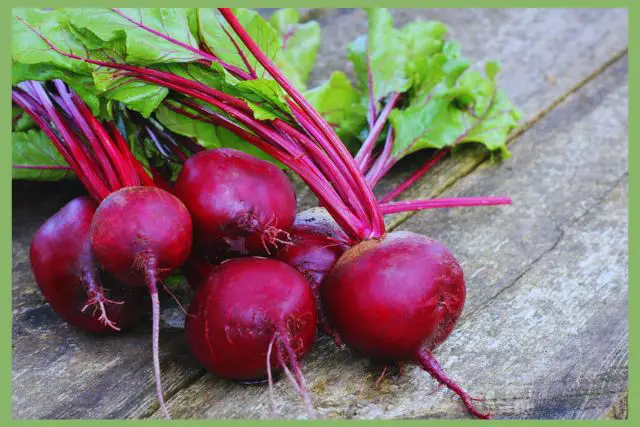
One of the most prevalent medical conditions that people globally deal with is high blood pressure. It is linked to a higher risk of renal damage, heart disease, stroke, and other severe health issues. To maintain and lower blood pressure, many people search for natural remedies, such as dietary adjustments. One food that has received a lot of attention due to its possible health benefits is beetroot.
The potential of the vegetable root beetroot to reduce blood pressure has been studied. However, how can one consume enough beetroot to reap this benefit? We shall examine the scientific data supporting beetroot’s effects on blood pressure in this piece, along with the recommended daily intake. We’ll also give you some pointers on how to incorporate it into your diet.
The relationship between blood pressure and beetroot
Nitrates, which are naturally occurring in many vegetables, are present in beetroot and, when consumed, are converted by the body into nitric oxide. A strong vasodilator that aids in blood vessel relaxation and enlargement is nitric oxide. By improving blood flow, this activity may reduce blood pressure. The beet-juice-based formula you may have heard of is a powerful method to reduce your systolic and diastolic blood pressure, according to research.
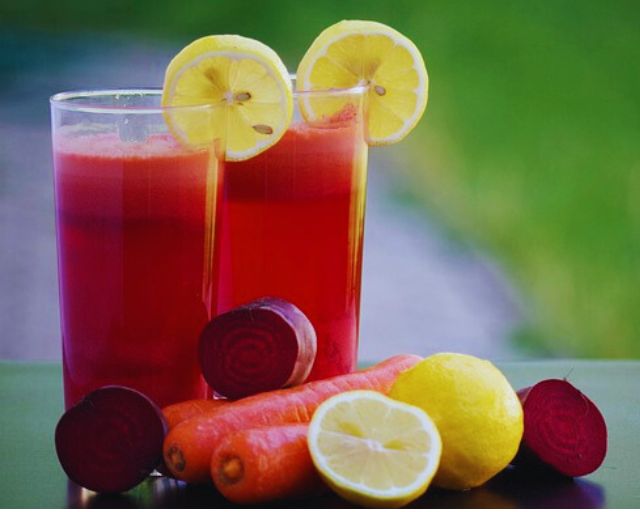
Important Beetroot Ingredients:
- Nitrates: Improve blood vessel function.
- Potassium: Maintains normal blood pressure and controls fluid balance.
- Fiber: This may lower cholesterol and is beneficial to your heart.The recommended daily intake of beets for blood pressure checks
If I have high blood pressure, how much beetroot juice should I consume?
There is no one solution to the question of how much beetroot you should eat, despite the intriguing research on its impact on blood pressure. Nevertheless, the majority of research suggests that consuming 250–500 milliliters of beetroot juice per day may help lower blood pressure. When considering the entire beetroot, one to two medium-sized beetroots per day can yield comparable outcomes.
An outline of how much is based on research is provided below:
Form of Beetroot Suggested Daily Consumption
| Beetroot Form | Recommended Daily Intake |
| Beetroot Juice | 250-500 milliliters |
| Whole Beetroot (Raw) | One or two medium beetroots |
| Cooked Beetroot | One or two medium beetroots |
It is important to note that the average effect may be lower and that this effect may vary among individuals with varying ages, habits, or levels of hypertension.
How Much Time Does Beetroot Take to Lower Blood Pressure?
Beetroot’s effects on hypertension are not instantaneous; for optimal effects, blood pressure reductions may occur many hours after ingestion. According to a different study conducted at the London School of Medicine and Dentistry and Barts, beetroot juice lowered blood pressure in three to four hours. Long-term effects, however, might necessitate consistent use for a few days or weeks.
In certain cases, the effect may be cumulative, meaning that the longer you consume beetroot, the more intense the effect. The key to achieving and sustaining the intended drop in blood pressure is consistency.
How to Include Beetroot in Your Diet
There are many delicious and enjoyable ways to include more beetroot in your diet if you want to utilize it to naturally lower blood pressure:
Beetroot Juice
When it comes to controlling blood pressure, beetroot juice is seen to be the simplest and most popular of the different methods to consume beetroot. When beetroot is ready to eat, it can be consumed on its own or combined with other foods like spinach, apples, or carrots to add taste and nutrition.
Beetroot roasted
Beets are a great side dish and concentrate their sweetness when roasted, which is why I adore roasting them. After peeling and chopping the beets into cubes, toss them with olive oil, season with salt, and roast them for 30 to 40 minutes at 400 degrees Fahrenheit.
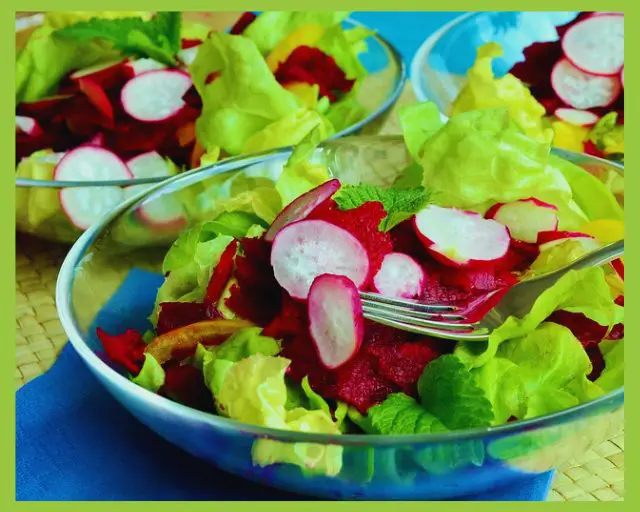
Salad with Beets
Grated raw beets add an earthy flavor and crunchy bite to salads. Mix them with a little vinaigrette, some leafy greens, and some nuts for a heart-healthy, blood pressure-lowering dinner.
Smoothies with Beetroot
For a cool and nutritious drink, purée beetroot and add it to smoothies along with other fruits like citrus, berries, and bananas. One easy and tasty way to include beets in your diet is to make a smoothie.
Beetroot pickled
Another excellent option are pickled beets. Although vinegar and a small amount of salt are used in the pickling process, beetroot’s health benefits are still there.
Soup with Beets
Beetroot is delicious when prepared as borscht, the term for beetroot soup in Eastern European cuisine. It can be made as a cold soup for a refreshing summery treat or as a savory dish with garlic, onions, and broth.
Although beetroot can be a beneficial addition to your diet, there are a few factors to think about:
Nitrate Intolerance:
Some people may get headaches or upset stomachs as a result of the rich nitrates in beetroot.
Kidney Issues:
Due to its high oxalate content, people who have kidney issues or a history of kidney stones should consult a doctor before taking large amounts of beetroot.
Medicines and Beetroot:
To avoid any possible problems, speak with your doctor before adding beets or their juice to your daily routine if you’re on any drugs, particularly those for blood pressure and other illnesses.
In conclusion
A very nutrient-dense vegetable that helps lower blood pressure is beetroot. One to two medium-sized beets per day or 250–500 ml of beetroot juice have been demonstrated to reduce hypertension with consistent use, while the dosage may vary from person to person. Beetroot is easy to eat; you can combine it into a smoothie, juice it, roast it, or add it raw to salads.
Vegetarians:
Beetroot juice may be beneficial if you drink a glass in the morning and again in the evening. It would be advantageous to include beets in your diet if you have high blood pressure; consuming one glass of beetroot juice every day may help lower your blood pressure. However, before making major dietary changes, it’s always a good idea to speak with your doctor, particularly if you have any health concerns or are already taking prescription medication.
Beetroot juice can start lowering blood pressure within a few hours, but consistent use over a few days to weeks gives the best results. For long-term benefits, daily intake is recommended.
Yes! Eating 1–2 small raw beetroots daily can also help, though juice works faster due to higher nitrate concentration. Combine both for better results if tolerated well.
Research shows that drinking 250–500 ml (around 1 to 2 cups) of beetroot juice per day may help reduce high blood pressure. If you’re new to beet juice, begin with half a glass per day and gradually increase as needed for best results.


